
Modern workforce integration -- why AI agents need the same oversight as their human counterparts [Q&A]
Agentic AI is rapidly moving from concept to reality, prompting organizations globally to rethink how they integrate these technologies into their business operations. The use of AI agents in daily workflows is set to rise dramatically in the coming years, raising questions over what organizations need to do to manage them effectively, and what might happen if they fail to do so.
We spoke with Ann Maya, EMEA CTO at Boomi, about the evolution of AI agents, the steps businesses should be taking ahead of deployment, and why the principles of human workforce management may hold the key to responsible use.

Maximizing AI ROI In healthcare by establishing an automation-first mindset [Q&A]
AI use cases in healthcare continue to expand, and organizations are identifying opportunities to leverage automation technologies to improve existing workflows.
However, after years of implementing new tooling and expanding tech stacks for better efficiency and backend processes, most organizations are left with disparate systems and datasets that make AI initiatives difficult to put into practice. IT teams are now forced to work backwards, embarking on time and resource consuming efforts to determine how automation can work within the parameters of these fragmented processes.

Why it's time to ditch the VPN and embrace RPAM for secure remote work [Q&A]
As much of the workforce takes time out from the office for the holidays, employees, contractors and third-party vendors continue to log in remotely from holiday homes, airports or hotels, far from the traditional corporate environment.
This surge in remote work access inevitably heightens security risks. For IT and security teams already managing a sprawling attack surface, reduced visibility and control create a challenge that legacy tools like Virtual Private Networks (VPNs) were never designed to address.

Why enterprises need to fix their data before AI breaks their business [Q&A]
There’s been a boom in AI in recent years and the technology has found its way into more and more areas of commercial enterprise.
But in the rush to adopt AI is the quality of the underlying data being ignored? We spoke to Krishna Subramanian, co-founder and COO of Komprise to find out why good data governance is key to implementing AI successfully.

Why, finally, all eyes are on OT [Q&A]
Operational technology and IT have historically tended to follow separate paths. But in recent times the spread of Internet of Things devices has seen the two moving closer together.
We spoke to David Montoya, Paessler global business development manager OT/IoT, to discuss how the OT landscape has evolved and why businesses need to be on top of the change.
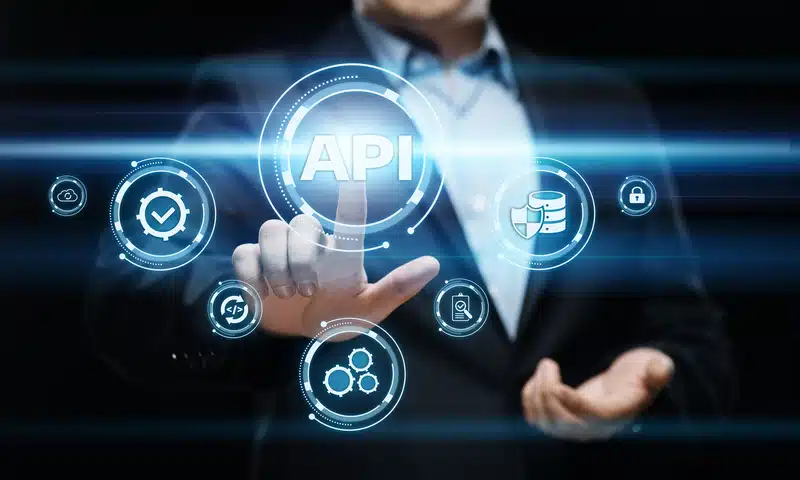
When APIs become the enterprise backdoor -- securing AI’s most vulnerable link [Q&A]
APIs were once treated as behind-the-scenes connectors. Today, they are the enterprise nervous system, linking cloud workloads, data platforms, SaaS tools, and increasingly, autonomous AI agents. This centrality makes them irresistible targets.
According to multiple industry reports, API-related vulnerabilities are among the fastest-growing classes of security incidents. The problem isn’t just exposure; it’s amplification. A single unprotected API can open the door to everything it touches, from sensitive customer records to critical operational systems.
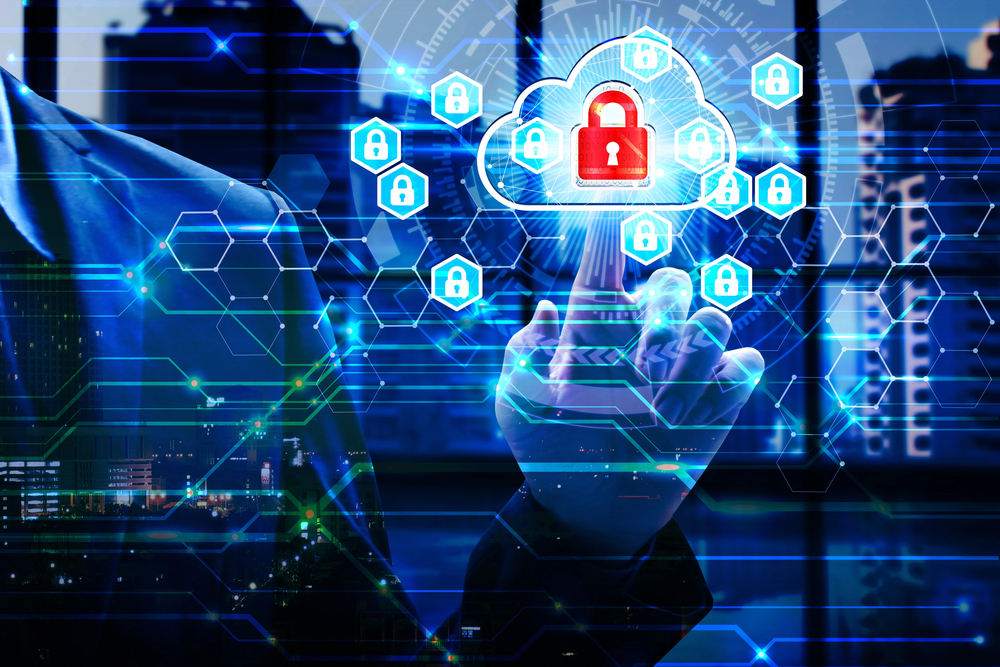
Implementing runtime security for the cloud [Q&A]
Cloud-native platforms are built for speed with ephemeral workloads, rapid deployments, and plenty of third-party app dependencies.
This poses a real challenge to the deployment of runtime security tools. We talked to Bob Tinker, founder and CEO of BlueRock.io, to discuss how organizations can protect their cloud systems effectively.
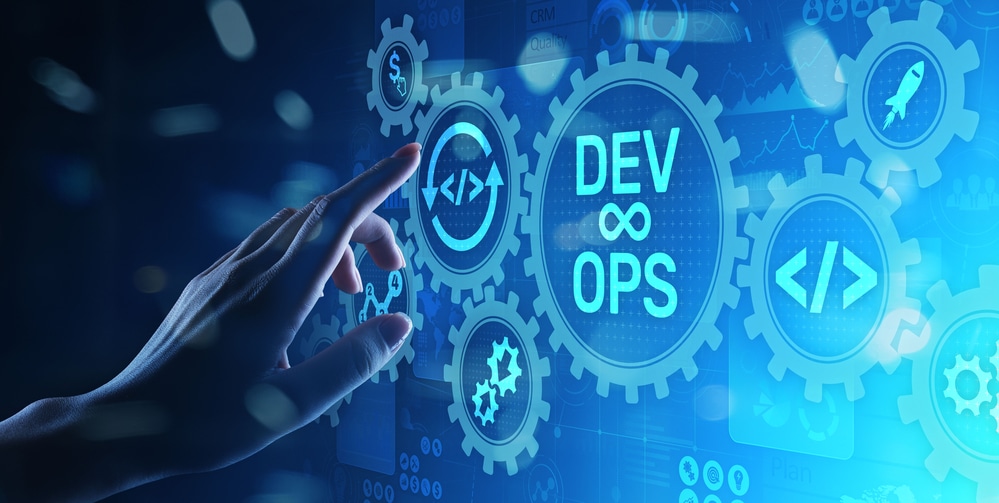
Life after DevOps -- the new initiatives challenging the status quo [Q&A]
The concept of DevOps has been around since the late 1980s and has been mainstream for the last 15 years or so. But there has recently been discussion around whether open-source platforms like System Initiative are challenging DevOps’ dominance.
We talked to Pablo Gerboles Parrilla, the founder and CEO of Alive DevOps, about what needs to change in how teams build and deploy software, and perhaps more importantly about what shouldn’t.

Job automation -- could AI replace your CEO? [Q&A]
Many people worry that AI and automation will lead to people losing their jobs and that this could be true even at senior levels.
We spoke to Alex Walsh, CEO and co-founder of agentic AI platform Oraion, who believes that, instead of destroying jobs, AI can actually enhance them.

Generalist teams vs specialist tools -- the enterprise IT paradox [Q&A]
With hyperscalers better able to attract the best talent and headcount tight across the board, most enterprises are leaning heavily on generalist IT teams to manage their environments.
But in many cases the tools they’re expected to use were designed for specialists. Legacy tools like ConnectWise, Device42, or ServiceNow often require deep expertise, complex integrations, or expensive customization making them unsuitable for generalist teams.
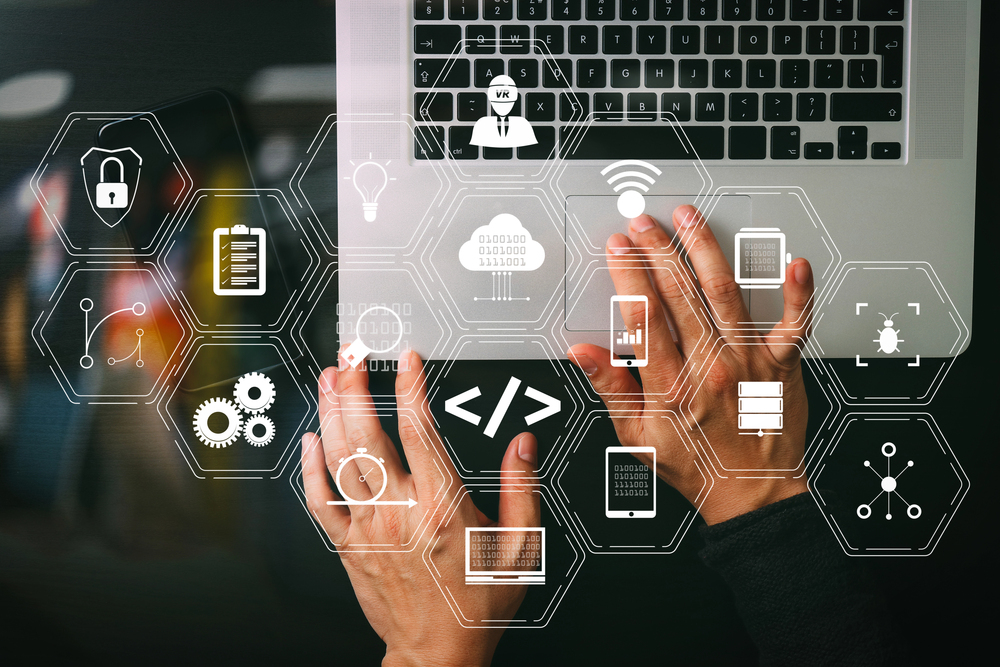
How enterprise developers are moving from fragmented tools to unified platforms [Q&A]
Across large organizations, developers and DevOps teams rely on an ever-growing collection of specialized tools. But while these offer valuable flexibility, they can also create significant pain points.
We spoke to Chintana Wilamuna, VP of solutions architecture at WSO2, about how the landscape is changing from fragmented, purpose-built development tools toward comprehensive, unified platforms.

How AI is driving email phishing and how to beat the threat [Q&A]
Among all of the various forms of cyberattack phishing attempts delivered by email are still one of the most common.
What’s more AI is making these attacks more effective, because you can no longer rely on looking out for dodgy grammar or other signs that a message may not be what it seems.
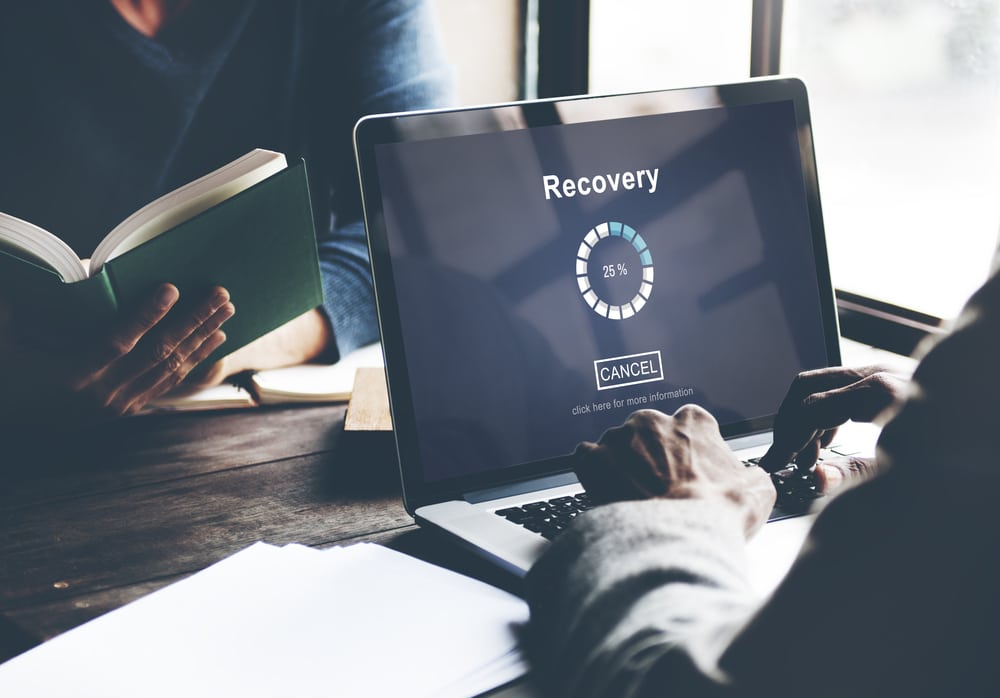
Recovering and rebuilding trust after a cyberattack [Q&A]
However good your defenses, cyberattacks can still happen. However, in many cases, the aftermath can be worse than the attack itself, as enterprises struggle to calm nerves and reassure staff, customers, and shareholders.
We spoke with Daniel Tobok, CEO of incident response specialist CYPFER, to discuss how organizations can recover from a cyberattack and why the leadership's response is vital.
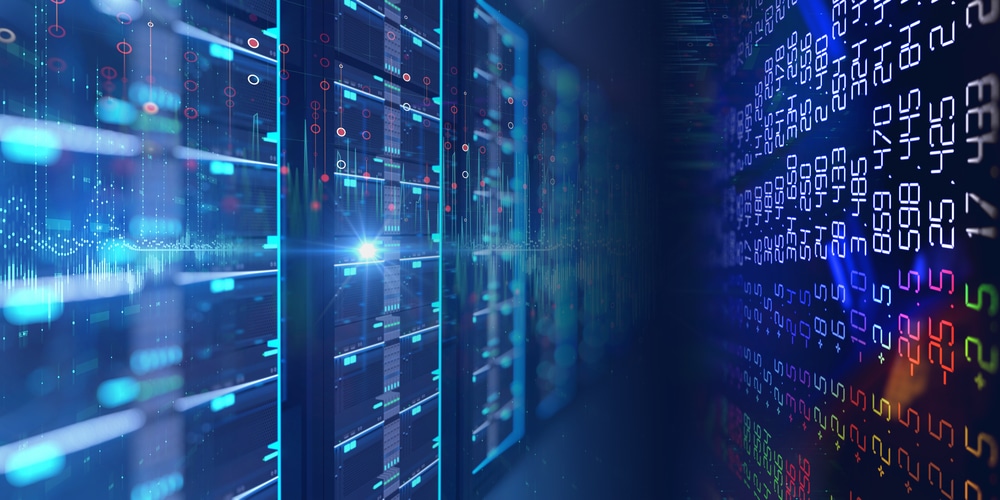
Infrastructure is having a moment -- why it’s finally getting the spotlight [Q&A]
AI, automation, seamless collaboration. These are the technologies that dominate headlines and drive business strategy. But beneath all the buzz, there’s a quiet but powerful shift happening: infrastructure is back in the spotlight.
Just look at Alphabet -- Google’s parent company -- which recently surprised investors by announcing it’s planning to spend a jaw-dropping $85 billion in 2025. That’s $10 billion more than they originally expected. And what’s fueling that massive investment? Nearly two-thirds of it is going toward the nuts and bolts of tech infrastructure like data centers, servers, and everything needed to power AI, the cloud, and our increasingly real-time digital world.

The rise of voice -- is typing holding developers back? [Q&A]
Voice is in the process of replacing the keyboard in ways that could shake the foundations of how developers work, collaborate, and even think.
We spoke with Natalie Rutgers, VP of product at Deepgram, to find out how voice-first development tools are gaining traction and why companies that fail to adapt risk losing their edge -- and their top talent.
